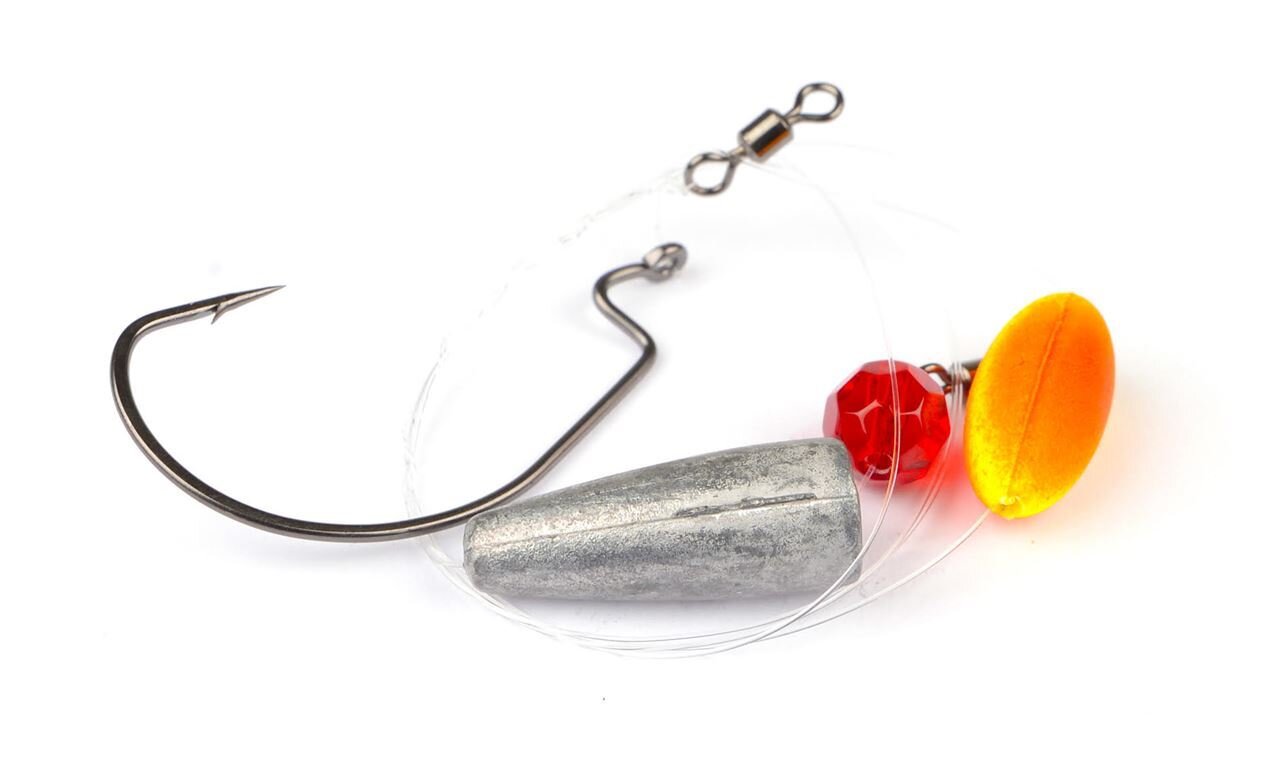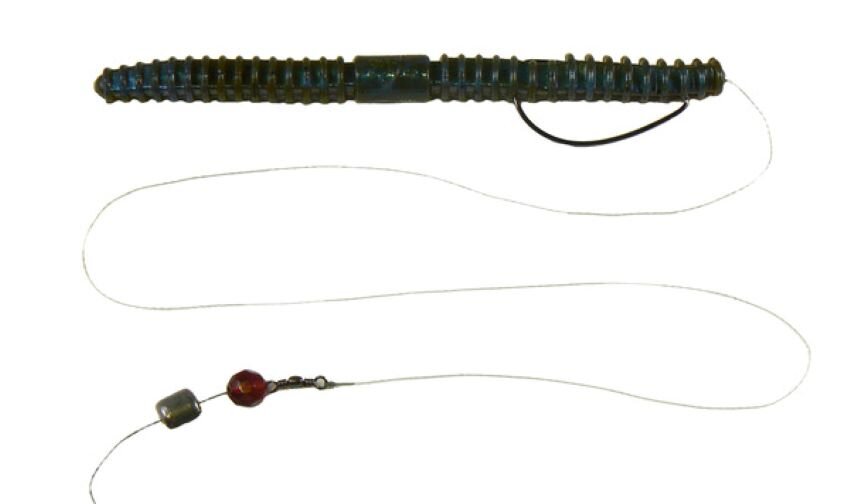A Novice Angler’s Guide to Fishing Mexico
Not everyone who travels to Lake El Salto or Lake Picachos has been fishing their entire lifetime. I know that it can be terrifying to think that everyone else will be an expert, and they’ll laugh at your lack of skills, but these lakes are actually the perfect vacation spot for any interested angler, whether they’re a pro or have not yet caught their first bass.
Many clients praise the fishing and “the Anglers Inn way,” and want their non-fishing significant others to join them on their next trip to see it for themselves. The others may be reluctant to come. They want to know what else is there for them to do: I say “FISH!”
Before my first trip to Anglers Inn, I was in that same position. In fact, I had just recently learned how to throw a baitcaster. The only baits Pete “let me” throw were a Senko, a Baby 1 Minus and a spinnerbait. So when we booked a trip to El Salto for Pete’s 40th birthday – what we thought was a once in a lifetime, bucket list trip – I didn’t want to ruin it for him. I was afraid I might end up “fishing for monkeys” and getting hung up in the trees or being a poor sport because I am so competitive and wasn’t catching grandes like the rest of our group.
The trip was a success. Our entire crew had a great time. Everyone including me, caught a ton of fish. Several of us also caught their personal best (once again, including me, although I broke it multiple times on our next trip down).
I learned so much on that first trip and each time I return I am able to pick up more and more knowledge and over time I feel like I have become quite the angler. Anglers Inn is an ideal place to learn how to fish, practice with lures your significant other would never let you throw anywhere else and perfect what you don’t have time to do on the water at home.
Still, I know that for the complete beginner, sometimes emulating the experts is not the best way to success. If you’re frustrated by the suggested techniques, here are five ways to make sure that you have a trip of a lifetime (and want to return every year like we do).
When your guide takes you to deep offshore structure, to fish rock piles, house foundations, creek channels and ledges and says “let’s crank,” you might find yourself at a disadvantage. Deep cranking is a great way to catch lots of fish and some big ones, but it’s also very strenuous. After 10 or 20 casts your wrist may be killing you. Don’t feel that your have to continue. Let your partner do the dirty work and start fishing a Texas Rigged worm, a Carolina Rig, or a football jig. Drag them on the bottom, over the rocks, through the foundations and parallel to the ledges. It’s a slower way of fishing but if the fish have seen 10,000 crankbaits sometimes they’ll want something slower but just as effective.
One of my favorite ways to fish is with a Carolina Rig, perhaps because I have caught several huge fish on the “cannon ball.” It’s not a fun setup to prepare. You have to thread your sinker on your line, add beads and a swivel and then a proper leader and hook. That’s three knots, which can take time in the wind. Have your guide do it (do not waste your day away). Because the leader makes casting awkward, you need to do a lob type cast. Again, have your guide show you how to cast it, otherwise you may clobber your partner, your guide or even yourself. Again, this is a slow presentation. Try to count every rock on the bottom and you may be surprised at the lazy bass you mop up while your partner is trying everything else in the box.
The topwater bite is typically the best in the morning, evening or when there is cloud cover. With low light the fish swim up and strike the lure with such an explosion you might think someone threw a bomb in the water. I love fishing topwaters like a Rico or a Zara Spook, but sometimes the fish are picky about your rhythm. If you’re having trouble dialing in the desired presentation, the only explosion will be the four letter words you let loose. In that case, ask your guide to tie on a Whopper Plopper. It’s a prop bait that you simply cast out, keep your rod tip up, and reel it back. That makes the tail spin and produces a nails-on-the-chalkboard noise. If you run the lure just like this, the lure is working correctly so be prepared for an explosion -- wait a second and set the hook.
The most frustrating type of fishing for me – something that I still struggle with -- is pitching and flipping. It is something that is very effective on just about every fishery, using short casts to specific targets. It may sound easy, but it’s tough to thread your lure into tight pockets in the cover quietly and then get it to fall naturally. Don’t get discouraged, you can do this. Ask for a lesson from your guide. When you’re beginning, try to get the motion down before you attack the heavy cover. Try it in open water so you don’t stress yourself out and you can get your form perfected. Eventually you will get really good and be able to get between the rocks, tree branches or get right up to the grass line. Practice makes perfect.
When in doubt, throw a green pumpkin Senko. The color is neutral and they have an incredibly natural and enticing action on the fall. There are some anglers that come with a suitcase full of only Senkos and they catch just as many fish as the rest of us. They work EVERYWHERE I’ve fished for bass.
So the next time your significant other plans a trip to Anglers Inn, surprise them, tell them you want to be their fishing partner. Don’t forget to ask for a Tackle Warehouse gift certificate so you can pack your own tackle bag full of all of the basics.








